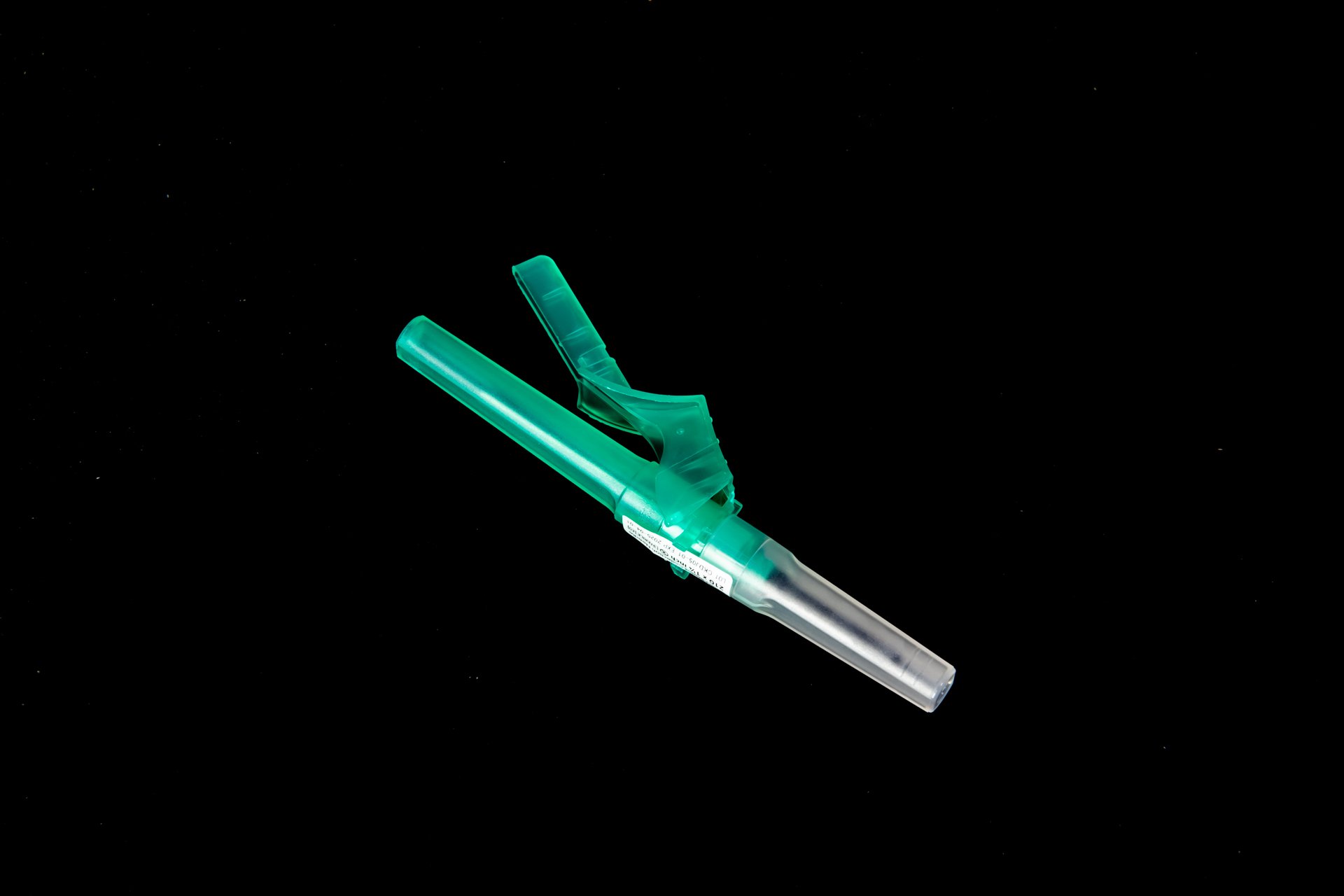Risk Of Disease Transmission In Needle Use
Using needles for medical purposes is a common practice in healthcare settings, but it also comes with the risk of disease transmission. Whether it is for injections, blood drawing, or other medical procedures, needles can potentially expose healthcare workers and patients to various infectious diseases. It is important to be aware of these risks and take necessary precautions to prevent the spread of diseases through needle use.
Common Infectious Diseases Transmitted Through Needle Use
Needles can serve as a vehicle for transmitting various infectious diseases, including:
Hepatitis B
Hepatitis C
Human Immunodeficiency Virus (HIV)
Tuberculosis
Bacterial infections
These diseases can be transmitted through contaminated needles and syringes, leading to serious health consequences for the individuals involved. It is crucial to understand the risks associated with needle use and implement proper safety measures to prevent disease transmission.
Hepatitis B
Hepatitis B is a viral infection that affects the liver and can be transmitted through contact with infected blood or body fluids. Healthcare workers who are exposed to contaminated needles are at risk of acquiring Hepatitis B. The virus can cause both acute and chronic infections, leading to liver damage and other complications. Vaccination against Hepatitis B is available and highly recommended for healthcare workers to protect themselves from this potentially serious infection.
Learn more about Hepatitis B from the CDC
Hepatitis C
Similar to Hepatitis B, Hepatitis C is a viral infection that affects the liver and can be transmitted through contaminated needles. Healthcare workers who come into contact with infected blood are at risk of acquiring Hepatitis C. The virus can cause both acute and chronic infections, leading to liver damage and other complications. There is no vaccine for Hepatitis C, so prevention efforts focus on avoiding exposure to contaminated blood and practicing safe needle use.
Learn more about Hepatitis C from the CDC
Human Immunodeficiency Virus (HIV)
HIV is the virus that causes Acquired Immunodeficiency Syndrome (AIDS) and can be transmitted through contact with infected blood, semen, or vaginal fluids. Healthcare workers who are exposed to contaminated needles are at risk of acquiring HIV. The virus attacks the immune system, leading to a weakened immune response and increased susceptibility to infections and other complications. There is no cure for HIV, but antiretroviral therapy can help manage the infection and improve the quality of life for individuals living with the virus.
Learn more about HIV from the CDC
Preventing Disease Transmission Through Needle Use
Preventing disease transmission through needle use requires a combination of proper training, equipment, and safety protocols. Healthcare workers and other individuals who use needles should follow these guidelines to reduce the risk of infection:
Properly clean and disinfect injection equipment between uses.
Use safety-engineered devices, such as retractable needles and syringes, to reduce the risk of needlestick injuries.
Dispose of needles and other sharp objects in puncture-resistant containers immediately after use.
Follow standard precautions, such as wearing gloves and other personal protective equipment, when handling needles and other sharp objects.
Get vaccinated against Hepatitis B to protect against infection.
Get tested regularly for infectious diseases, such as Hepatitis C and HIV, if you are at risk of exposure.
By following these guidelines and taking necessary precautions, healthcare workers and other individuals can minimize the risk of disease transmission through needle use and protect themselves and others from potentially life-threatening infections.
Conclusion
Needle use is a common practice in healthcare settings, but it also comes with the risk of disease transmission. Infectious diseases such as Hepatitis B, Hepatitis C, HIV, and others can be transmitted through contaminated needles and syringes, leading to serious health consequences for the individuals involved. It is important to be aware of these risks and take necessary precautions to prevent the spread of diseases through needle use. By following proper safety protocols, using safety-engineered devices, and getting vaccinated against preventable infections, healthcare workers and other individuals can reduce the risk of infection and protect themselves and others from potentially life-threatening diseases.
Disclaimer: The content provided on this blog is for informational purposes only, reflecting the personal opinions and insights of the author(s) on phlebotomy practices and healthcare. The information provided should not be used for diagnosing or treating a health problem or disease, and those seeking personal medical advice should consult with a licensed physician. Always seek the advice of your doctor or other qualified health provider regarding a medical condition. Never disregard professional medical advice or delay in seeking it because of something you have read on this website. If you think you may have a medical emergency, call 911 or go to the nearest emergency room immediately. No physician-patient relationship is created by this web site or its use. No contributors to this web site make any representations, express or implied, with respect to the information provided herein or to its use. While we strive to share accurate and up-to-date information, we cannot guarantee the completeness, reliability, or accuracy of the content. The blog may also include links to external websites and resources for the convenience of our readers. Please note that linking to other sites does not imply endorsement of their content, practices, or services by us. Readers should use their discretion and judgment while exploring any external links and resources mentioned on this blog.



